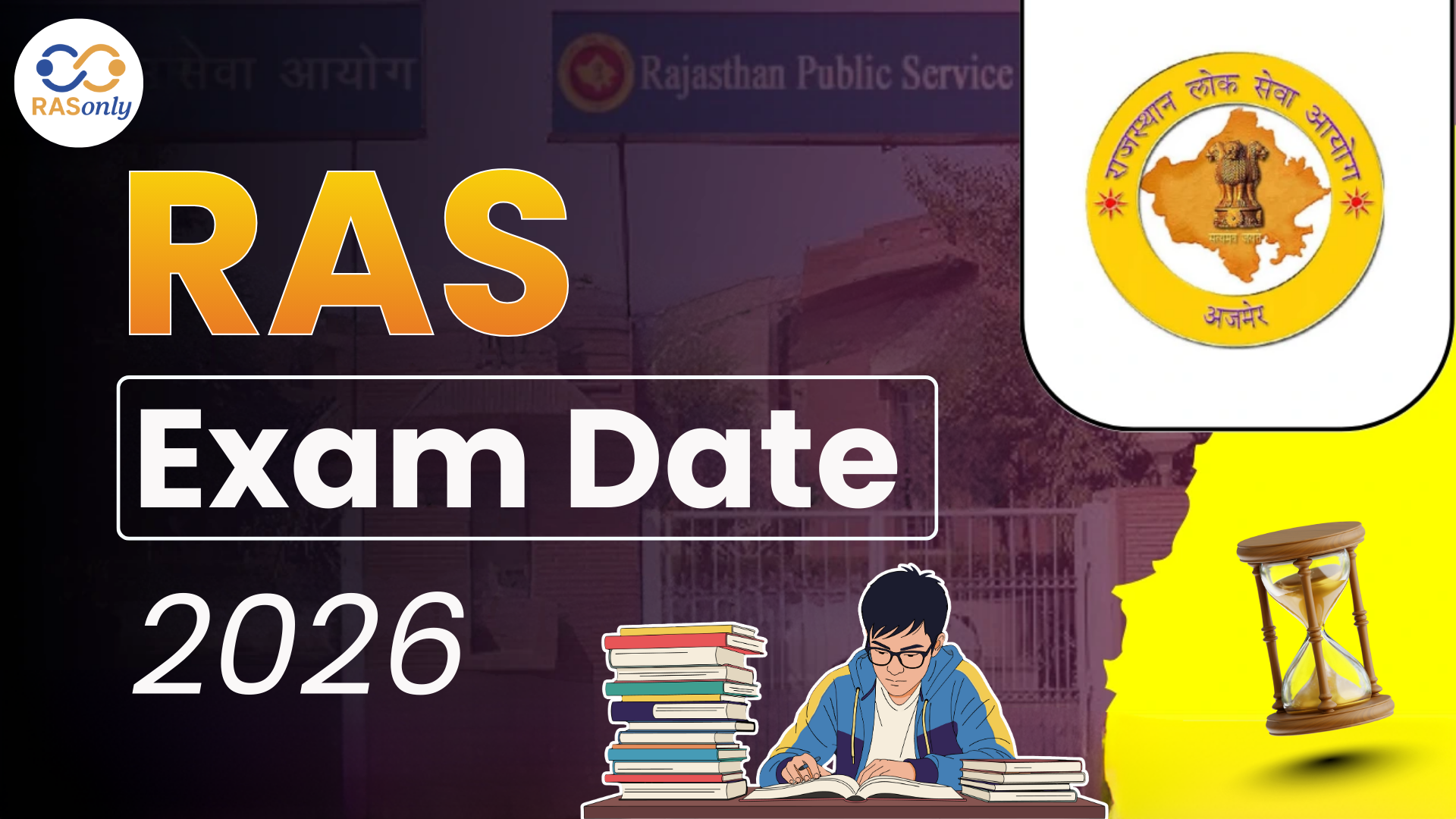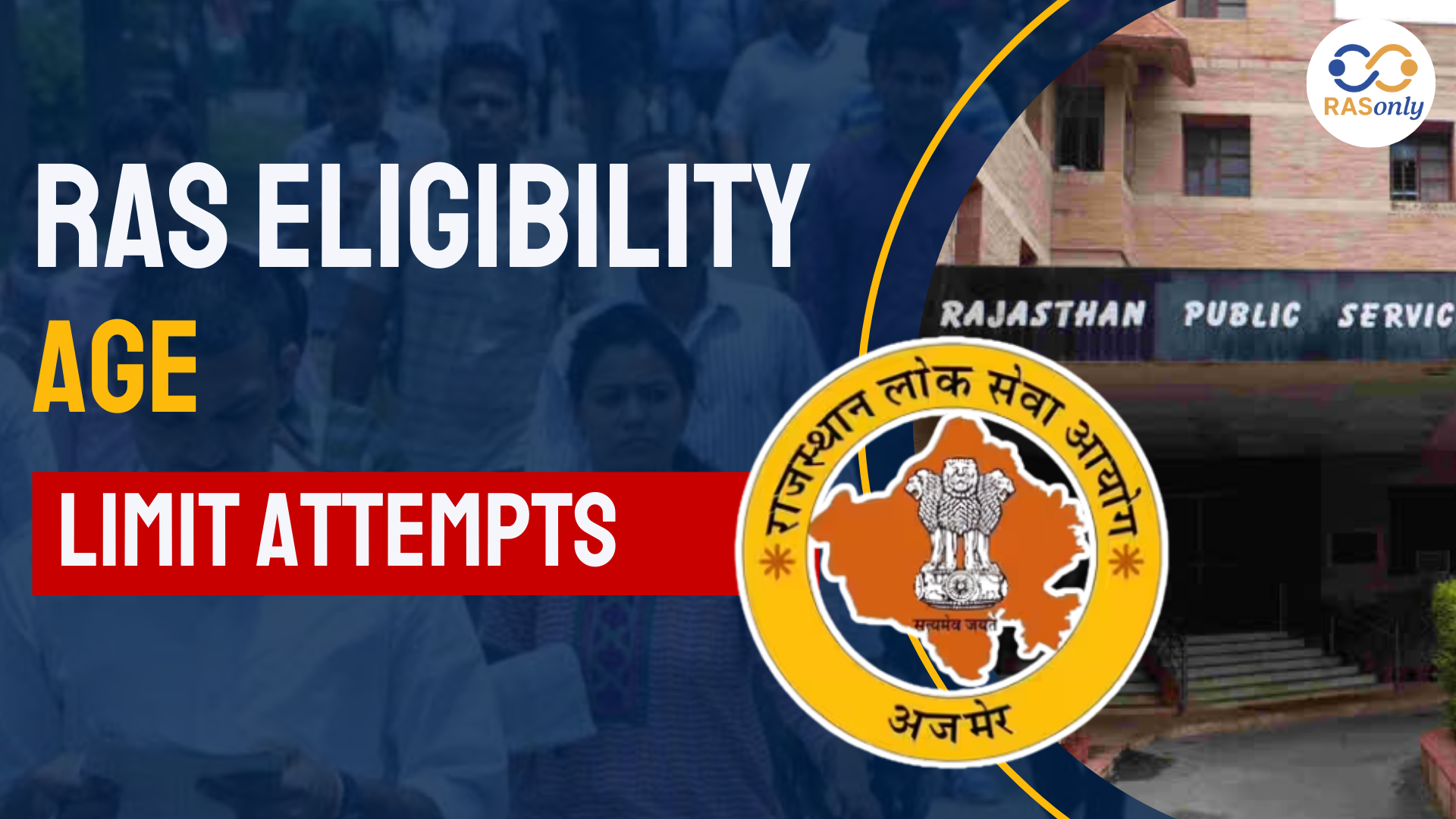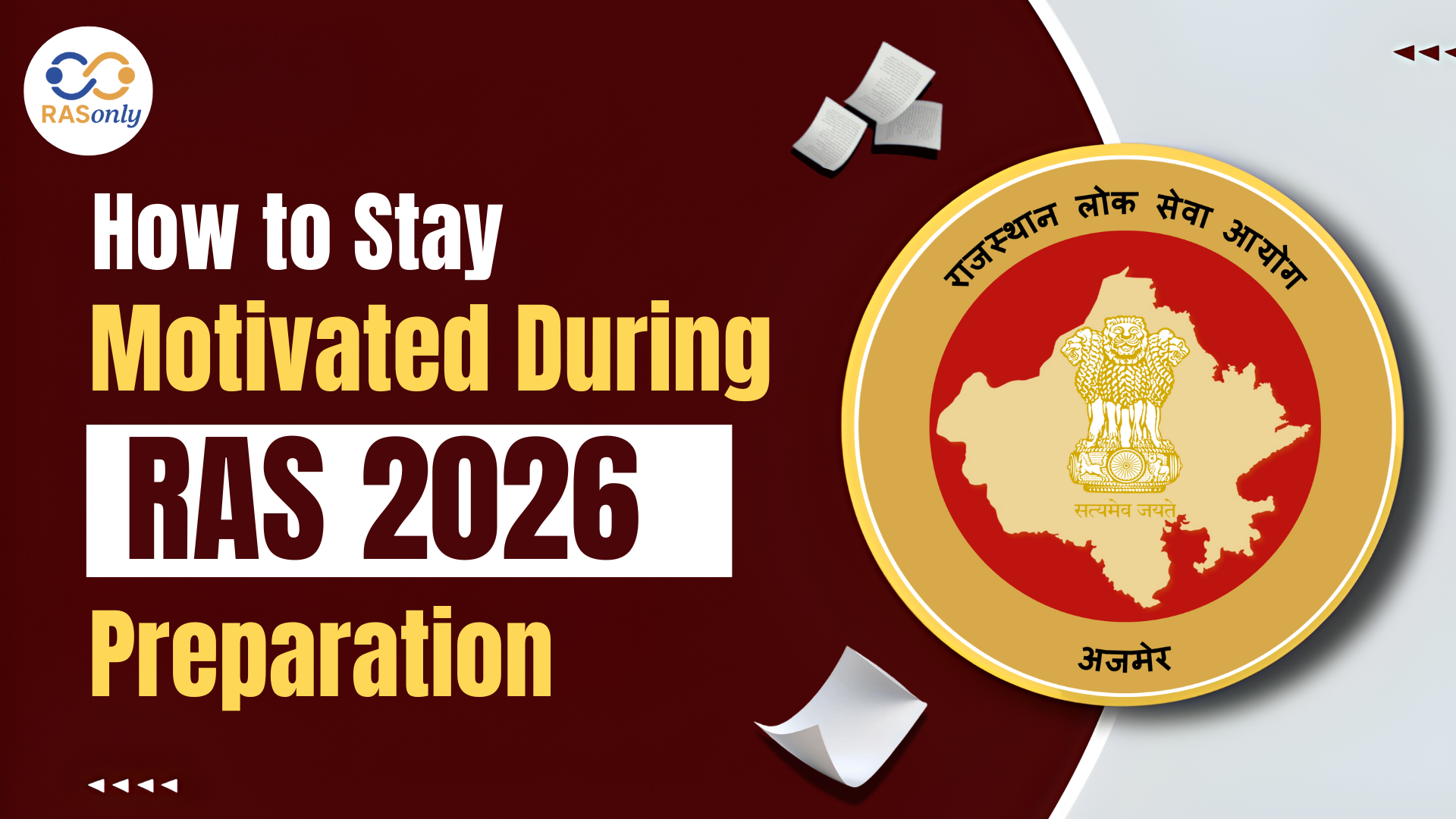RAS Exam Date 2026 for Notification, Prelims, Mains Date
- >
- RAS Preparation Resources
- >
- Khadi and Village Industries Commission (KVIC)
Khadi and Village Industries Commission (KVIC)


The Ministry of Micro, Small and Medium Enterprises (MSMEs) has reported that Khadi and Village Indians (KVI) turnover reached a high of 1.7 lakh crore in FY 2024-25 and is indicative of an increase in demands of indigenous products, creation of rural employment and the marketing thrust by KVIC.
About KVIC
- Type: started in 1956 under Khadi or Village Industries Commission Act, 1956.
- Type: Statutory body.
- Ministry: Ministry of, Micro, Small and Medium Enterprises (MSME).
- Nature: apex body of Khadi and Village industries in India.
- Headquarters: Mumbai.
- Implementation at State Level: at State Khadi and Village Industries Boards
KVIC objectives
- Primary Objective:
- To create an active village community through village industry that is self sustained.
- Social Objective:
- To offer rural job opportunities particularly to women, weaker and marginalized populations.
- Economic Objective:
- To manufacture consumable products that are able to compete in the local and external markets.
- Wider Objective:
- To facilitate self-reliance and entrepreneurship amongst the people in rural areas.
Roles of KVIC
- Raw Materials & Infrastructure
- Build inventories of raw materials and the tools of artisans.
- Establish standard service facilities on processing and semi-finished products.
- Marketing & Promotion:
- To increase sales and market Khadi, handicrafts and Village industries.
- Increase the presence in the retail channels (both online and offline retail points)
- E.g., Khadi Gramodoyog Bhavans, GeM portal, partnership with fashion designers).
- Research & Innovation:
- Foster research in terms of production methods and equipment.
- Innovate new designs, prototypes and technology to artisans.
- Financial Assistance:
- Offer credit support and subsidy to people and institutions.
- Quality Assurance:
- Set standards and validity tests of true Khadi products.
Major Schemes under KVIC
- Prime Ministers Employment Generation Programme (PMEGP):
- One of the biggest schemes of entrepreneurship and self-employment, offering subsidies to micro-enterprises.
- Market Promotion Development Assistance (MPDA):
- Granting of financial aid to marketing and promotion of Khadi products.
- Interest Subsidy Eligibility Certificate (ISEC):
- Helps institutions to access working capital loans at other than normal interest.
- Khadi workshed scheme:
- Offers the artisans good working places.
- Strengthening Infrastructure:
- Weak Khadi institutions and infrastructure development of marketing.
- Khadi Reform and Development Programme ( KRDP):
- Enhances production system, quality and marketing system at Khadi institutions.
- Scheme of Fund for Regeneration of Traditional Industries (SFURTI):
- Revitalizes and modernises traditional industries and clusters.
- Honey Mission and Beekeeping Projects
- Supports apiculture among rural populations and sustainability.
KVIC Significance
- Sustains the rural people with employment.
- Encourages Gandhian ideology of self independence through scratching.
- Increases export capabilities of environment-friendly and hand-craft products.
- Supports women empowerment and the weaker sections.
- Benefits MSME and the Atmanirbhar Bharat Abhiyan.
Challenges
- Low cost of imitations made of machines.
- Urban and international marketing issues.
- Addiction to subsidies and government schemes.
- Innovation of limited design in comparison to that of the textile industry presently.
Way Forward
- Enhance branding and international marketing
- Foster online stores and online sales sites.
- Invest in artisan skill formation and upgradation of technology.
- Promote production oriented to exports taking advantage of worldwide demand for sustainable textiles.
- Enlarge projects such as SFURTI to revive more traditional arts and crafts.
Conclusion
The KVIC is the heart of the Indian rural industrialization strategy and ensures that the narrative of Gandhi and Khadi is kept alive to fit in the modern economic environment. KVIC has become not only the symbol of tradition in India, but also an important pillar of self-reliant and sustainable development in the rural economy with a record turnover of 1.7 Lakh Crore in FY 2025.
Post Category
- RAS Salary
- Result
- RAS Admit Card
- RAS Job
- RAS Cutoff
- Preparation Tips
- RAS Answer Key
- RAS Exam Analysis
- RAS Syllabus
- RAS Previous Year Papers
- RPSC RAS Exam Pattern
- RAS Interview
- RAS Mains Exam Date
- RAS Vacancy
- RAS Test Series
- RAS Best Books
- RAS Preparation Resources
- RAS Coaching Centre
- History
- Polity
- Geography
- Economics
- Science
- Art and Culture
- RPSC RAS Application Form
- RPSC RAS Notification
RASonly Interview Guidance Program

Mr. Ashok Jain
Ex-Chief Secretary Govt of Rajasthan
- IAS officer of the 1981 batch, Rajasthan cadre.
- Passionate about mentoring the next generation of RAS officers with real-world insights.
- Got retired in Dec 2017 from the post of Chief Secretary of the state of Rajasthan.

Mr. Guru Charan Rai
Ex-ASP / SP in Jaisalmer
- Guru Charan Rai, IPS (Retd), retired as Inspector General of Police (Security), Rajasthan, Jaipur in 2017.
- Served as ASP and SP in Jaisalmer, Nagaur, Sri Ganganagar, Sawai Madhopur, Dausa, Sikar, and Karauli.
- He also held key positions as DIGP and IGP in the Law and Order division.

Mr. Rakesh Verma
Ex-IAS Officer, B.Tech, MBA, and M.A. (Economics)
- IAS officer of the 1981 batch and retired in Chief Secretary Rank.
- Civil servant of high repute and vast experience.
- Has been teaching UPSC CSE subjects for the last six years.
Related Post
👉🏻 Register Today to Join Classes! 👍🏻
- Team RASOnly -
🎯 Benefits of RASOnly Coaching:
- ✅ 1:1 Mentorship with RAS Officers
- ✅ Experienced and Expert Faculty
- ✅ Free Library Access
- ✅ Daily Minimum 4 Hours Must
- ✅ Comprehensive Study Material
- ✅ Regular Tests & Performance Analysis
- ✅ Personalized Guidance & Doubt Solving
- ✅ Online & Offline Class Options
- ✅ Affordable Fees with Quality Education
Key Highlights:
- 👉🏻 3-Day Refund Policy
- 👉🏻 New Batch Starting from 04 August
- 👉🏻 Registration Amount: Only ₹1000





